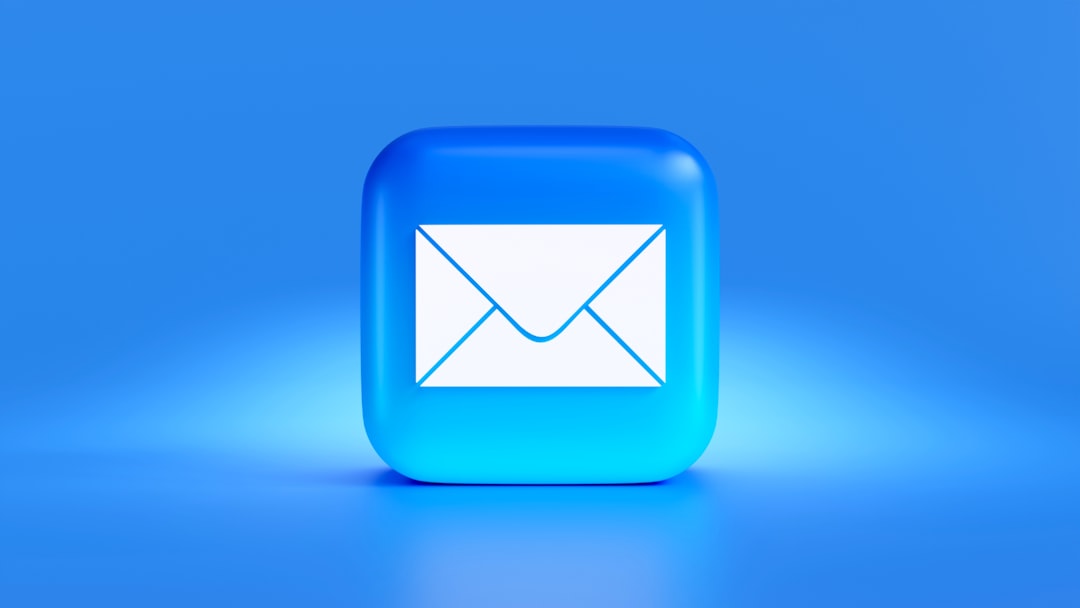Cold emailing remains a powerful strategy for outreach, especially in business-to-business communications. However, for users of Google Workspace (formerly G Suite), ensuring high email deliverability is becoming increasingly challenging due to evolving spam filters, authentication requirements, and heightened scrutiny over unsolicited emails. Sender authentication via SPF, DKIM, and DMARC plays a crucial role in building trust and improving the chance of your cold emails landing in inboxes rather than spam folders.
Understanding Email Authentication Protocols
Before diving into the specifics of Google Workspace, it’s essential to understand the three core email authentication standards:
- SPF (Sender Policy Framework): Validates whether an email was sent from an authorized server.
- DKIM (DomainKeys Identified Mail): Allows the sender to sign their emails with a cryptographic signature, verifying content integrity and sender identity.
- DMARC (Domain-based Message Authentication, Reporting & Conformance): Uses SPF and DKIM results to inform receivers how to handle unauthenticated email and provides visibility through reports.
Implementing these protocols properly is not just a best practice—it’s a necessity for cold email outreach to avoid being flagged as spam or, worse, blocked entirely.
Why Google Workspace Users Must Prioritize Deliverability
Google Workspace offers robust infrastructure, but spammers frequently spoof Gmail addresses due to their credibility. This makes it even more vital that businesses using Workspace set up their SPF, DKIM, and DMARC policies correctly. Without these configurations, your email domain is at the mercy of cybercriminals and, even if you are not spoofed, your legitimate emails might be flagged as suspicious by recipient servers.
Moreover, due to Gmail’s aggressive spam filters, emails without proper authentication often end up in junk folders, particularly when sending cold emails to recipients who have never interacted with your business before.

Setting Up SPF for Google Workspace
SPF helps receiving servers verify that the email comes from an authorized mail server listed in your domain’s DNS records. For Google Workspace, this involves adding a TXT record to your DNS:
v=spf1 include:_spf.google.com ~all
This SPF record indicates that Google’s mail servers are authorized to send email on your domain’s behalf. The ‘~all’ mechanism means ‘soft fail,’ which is a less strict setting, but still signals non-compliant mail as suspect. You can upgrade to ‘-all’ for a stricter policy once your email systems are confirmed to be properly functioning.
Enabling DKIM in Google Workspace
Once SPF is configured, you’ll need to enable DKIM to add cryptographic signatures to your messages. In Google Workspace Admin Console, you can generate DKIM keys and add them as CNAME records to your DNS provider:
- Log into Admin Console
- Navigate to Apps > Google Workspace > Gmail > Authenticate email
- Generate a new DKIM key
- Add the generated CNAME records to your domain’s DNS
- Click “Start Authentication” once DNS changes propagate
Once successfully enabled, Gmail will automatically sign your emails with the DKIM signature, helping mail servers validate your identity.
Implementing DMARC for Better Reporting and Control
DMARC acts as a policy layer on top of SPF and DKIM. It tells receiving servers what to do with emails that fail those checks and sends feedback reports to you about messages using your domain. A basic DMARC record might look like:
v=DMARC1; p=none; rua=mailto:dmarc-reports@yourdomain.com;
The “p=none” means you’re only monitoring. Once you confirm that SPF and DKIM are functioning, you can increase policy strictness using “p=quarantine” or “p=reject”. This helps keep unauthorized emails out of inboxes, reducing the chances of domain spoofing and protecting your sender reputation.
The rua tag allows you to receive DMARC aggregate reports which inform you of authentication failures and sending patterns. These insights are critical for understanding and improving cold email deliverability.

Additional Deliverability Best Practices for Google Workspace Cold Emails
Aside from authentication, consider these practices to boost inbox placement:
- Warm up new domains and mailboxes: Build activity gradually to mimic natural behavior.
- Limit sending volume: Start with small batches and scale up carefully—especially within the first 30 days.
- Use personalized content: Avoid using spammy keywords or templates that look mass-generated.
- Monitor bounce rates and spam complaints: ISPs heavily weigh engagement metrics.
- Use custom tracking domains: Third-party links (like those from link shorteners) often get flagged.
- Check blacklists regularly: Tools like MXToolbox can alert you of blocklisting events.
Cold emailing demands a balance of strategy and technical setup. With Google Workspace, you benefit from strong infrastructure, but lack of attention to SPF, DKIM, and DMARC can still lead to low deliverability and wasted efforts.
Conclusion
Cold email deliverability is not just about writing great copy—it’s about building trust through compliance and best practices. Google Workspace senders must ensure proper setup of SPF, DKIM, and DMARC records to enhance their domain’s reputability, protect against spoofers, and ensure optimized delivery of their outreach messages. Combining these technical settings with thoughtful sending behavior will create the best possible foundation for effective cold email campaigns.
Frequently Asked Questions (FAQ)
- Q: Do I need to configure SPF, DKIM, and DMARC manually in Google Workspace?
- A: Yes. While Google provides tools to generate some records, you’ll need to manually add them to your DNS provider’s dashboard.
- Q: Will setting up these records guarantee inbox placement?
- A: No, but they drastically improve your chances. Inbox placement also depends on content quality, sending behavior, and recipient engagement.
- Q: How can I check if my records were set up correctly?
- A: Use tools like Google Admin Toolbox, MXToolbox, or DMARC analyzers to verify SPF, DKIM, and DMARC settings.
- Q: What happens if I misconfigure one of the records?
- A: Misconfiguration can lead to outright delivery failures or security vulnerabilities. Always test your configuration with third-party tools after implementation.
- Q: How often should I review my DMARC reports?
- A: At least weekly. These reports can help identify unauthorized senders and reveal deliverability issues early.
